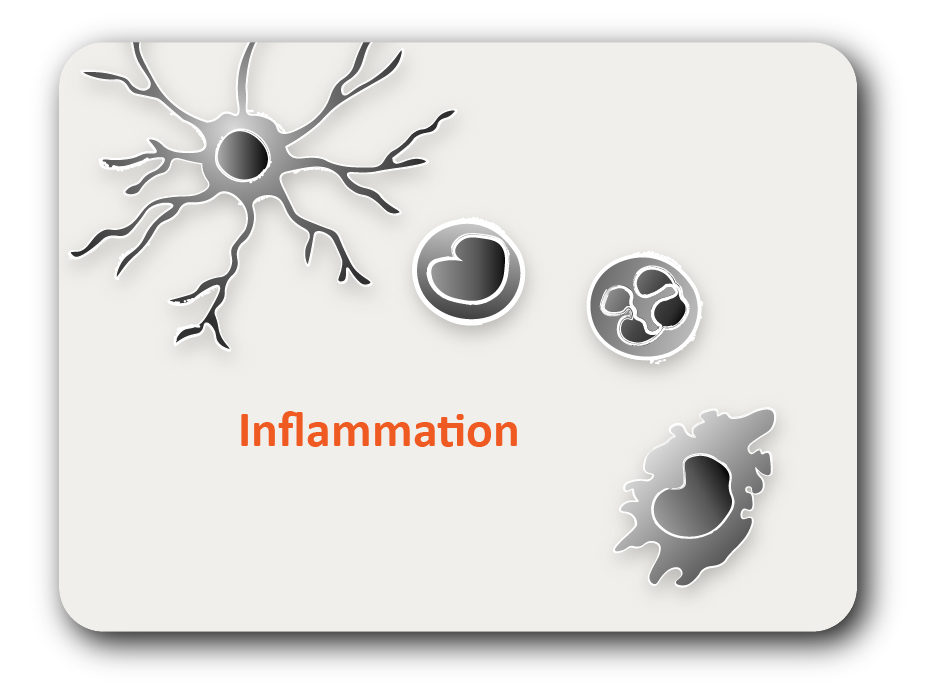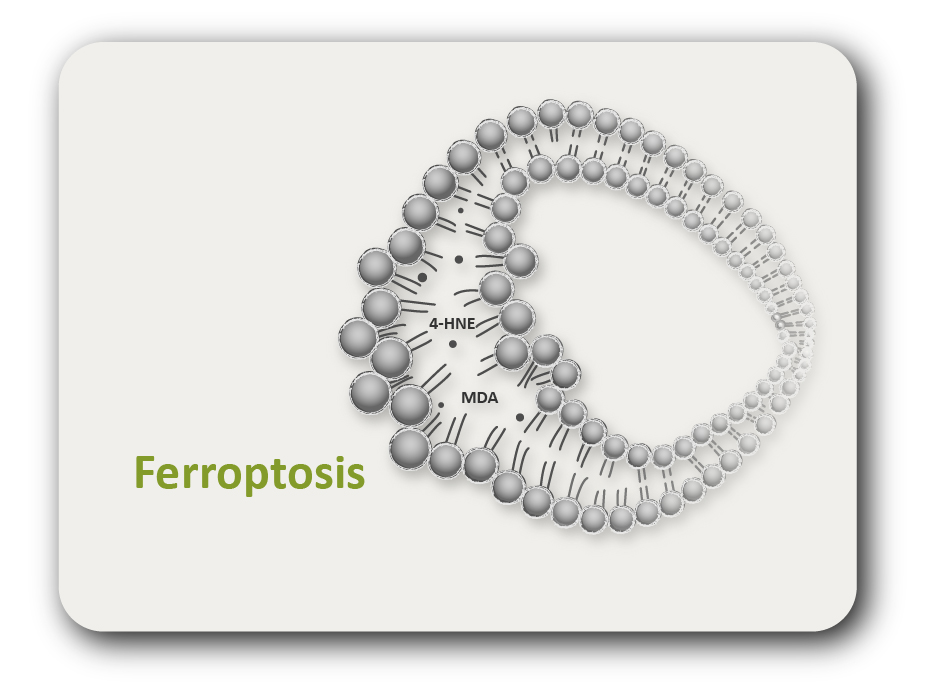ARG54230
anti-CD135 / FLT3 antibody [BV10A4] (PE)
anti-CD135 / FLT3 antibody [BV10A4] (PE) for Flow cytometry and Human
Immune System antibody; Signaling Transduction antibody
概述
| 产品描述 | PE-conjugated Mouse Monoclonal antibody [BV10A4] recognizes CD135 / FLT3 |
|---|---|
| 反应物种 | Hu |
| 不反应物种 | Ms |
| 应用 | FACS |
| 特异性 | The mouse monoclonal antibody BV10A4 (BV10) reacts with CD135 (FLT3, FLK2, STK1), a 130160 kDa type III receptor tyrosine kinase that is involved in early steps of hematopoiesis. |
| 宿主 | Mouse |
| 克隆 | Monoclonal |
| 克隆号 | BV10A4 |
| 同位型 | IgG1 |
| 靶点名称 | CD135 / FLT3 |
| 抗原 | BV-173 leukemic cell line |
| 偶联标记 | PE |
| 別名 | CD135; FLK2; Receptor-type tyrosine-protein kinase FLT3; FLK-2; STK-1; STK1; FL cytokine receptor; FLT-3; Stem cell tyrosine kinase 1; Fetal liver kinase-2; Fms-like tyrosine kinase 3; CD antigen CD135; EC 2.7.10.1 |
应用说明
| 应用建议 |
|
||||
|---|---|---|---|---|---|
| 应用说明 | * The dilutions indicate recommended starting dilutions and the optimal dilutions or concentrations should be determined by the scientist. |
属性
| 形式 | Liquid |
|---|---|
| 纯化说明 | The purified antibody is conjugated with R-Phycoerythrin (PE) under optimum conditions. The conjugate is purified by size-exclusion chromatography and adjusted for direct use. No reconstitution is necessary. |
| 缓冲液 | PBS, 15 mM Sodium azide and 0.2% (w/v) high-grade protease free BSA |
| 抗菌剂 | 15 mM Sodium azide |
| 稳定剂 | 0.2% (w/v) high-grade protease free BSA |
| 存放说明 | Aliquot and store in the dark at 2-8°C. Keep protected from prolonged exposure to light. Avoid repeated freeze/thaw cycles. Suggest spin the vial prior to opening. The antibody solution should be gently mixed before use. |
| 注意事项 | For laboratory research only, not for drug, diagnostic or other use. |
生物信息
| 数据库连接 |
Swiss-port # P36888 Human Receptor-type tyrosine-protein kinase FLT3 |
|---|---|
| 基因名称 | FLT3 |
| 全名 | fms-related tyrosine kinase 3 |
| 背景介绍 | CD135 / FLT3, also known as FLK2 or STK-1 is a receptor tyrosine kinase that plays important roles in hematopoiesis. After binding of Flt3 ligand (FL), CD135 homodimerizes and stimulates proliferation, differentiation and protects the cell from apoptosis. The loss of CD90 and gain of CD135 expression marks the loss of self-renewal in hematopoietic stem cell population. Detectable CD135 expression appears first at low levels on the surface of primitive multilineage progenitor cells and disappears during defined stages of B-cell development, but is upregulated and maintained during maturation of monocytes. CD135 is also expressed on thymocytes, dendritic cell progenitors and on mature dendritic cells, as well as on various malignant hematopoietic cells. |
| 生物功能 | Tyrosine-protein kinase that acts as cell-surface receptor for the cytokine FLT3LG and regulates differentiation, proliferation and survival of hematopoietic progenitor cells and of dendritic cells. Promotes phosphorylation of SHC1 and AKT1, and activation of the downstream effector MTOR. Promotes activation of RAS signaling and phosphorylation of downstream kinases, including MAPK1/ERK2 and/or MAPK3/ERK1. Promotes phosphorylation of FES, FER, PTPN6/SHP, PTPN11/SHP-2, PLCG1, and STAT5A and/or STAT5B. Activation of wild-type FLT3 causes only marginal activation of STAT5A or STAT5B. Mutations that cause constitutive kinase activity promote cell proliferation and resistance to apoptosis via the activation of multiple signaling pathways. [UniProt] |
| 研究领域 | Immune System antibody; Signaling Transduction antibody |
| 预测分子量 | 113 kDa |
| 翻译后修饰 | N-glycosylated, contains complex N-glycans with sialic acid. Autophosphorylated on several tyrosine residues in response to FLT3LG binding. FLT3LG binding also increases phosphorylation of mutant kinases that are constitutively activated. Dephosphorylated by PTPRJ/DEP-1, PTPN1, PTPN6/SHP-1, and to a lesser degree by PTPN12. Dephosphorylation is important for export from the endoplasmic reticulum and location at the cell membrane. Rapidly ubiquitinated by UBE2L6 and the E3 ubiquitin-protein ligase SIAH1 after autophosphorylation, leading to its proteasomal degradation. |







